-
How to Stop Getting Beta MacOS Updates in MacOS Sonoma
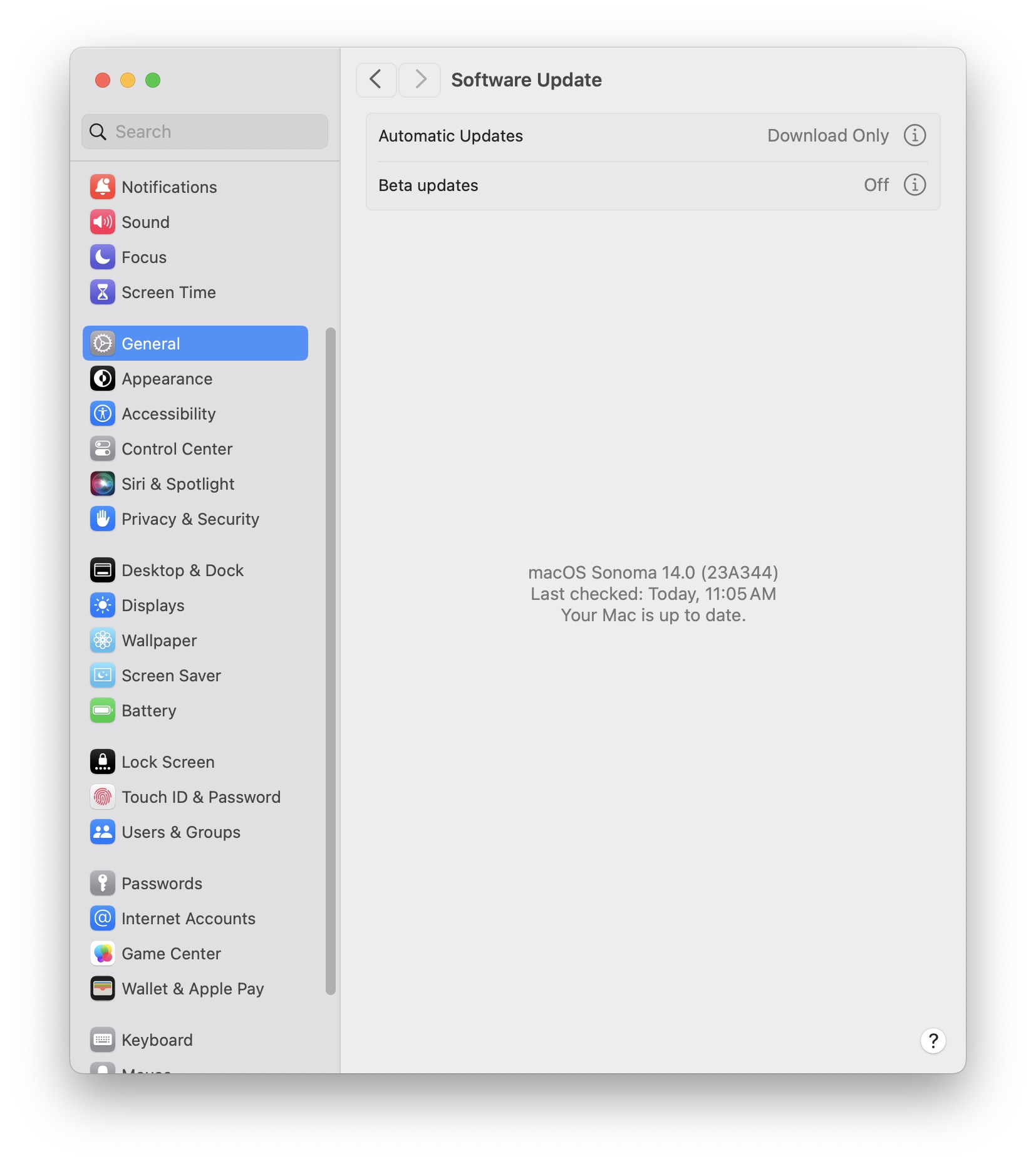
Go to OSX Daily to read How to Stop Getting Beta MacOS Updates in MacOS Sonoma If you’ve already installed and updated to MacOS Sonoma, and you were previously in the beta testing programs (either public beta or developer beta), you may wish to no longer receive beta updates to your Mac. If you don’t…
-
How to Remove iOS 17 Beta From Your iPhone & iPad
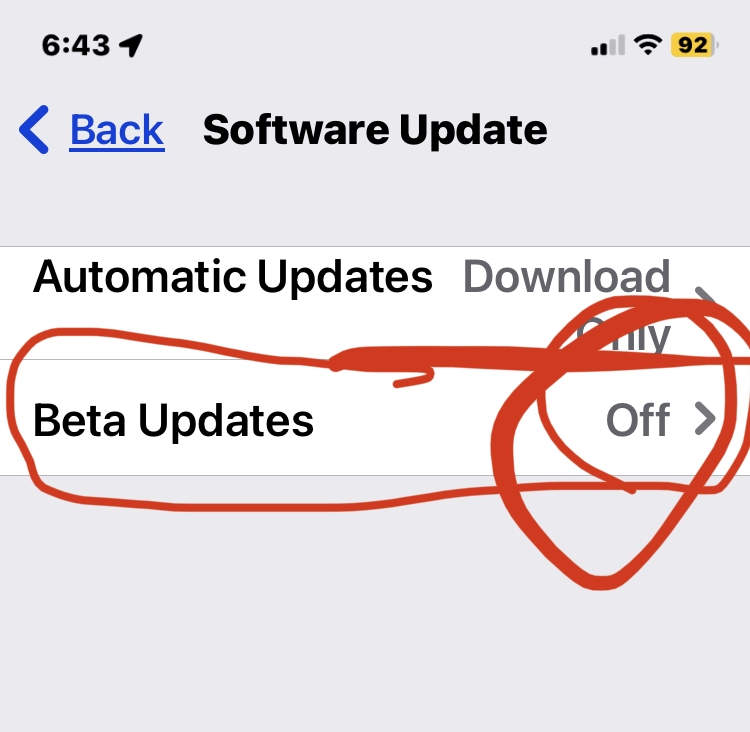
Go to OSX Daily to read How to Remove iOS 17 Beta From Your iPhone & iPad If you were part of the iOS 17 beta test or iPadOS 17 beta testing programs, and now you’re on the latest stable build (iOS 17.0.2), you may wish to remove the beta updates from your iPhone or…
-
How to Opt Into Beta System Software on iPhone & iPad
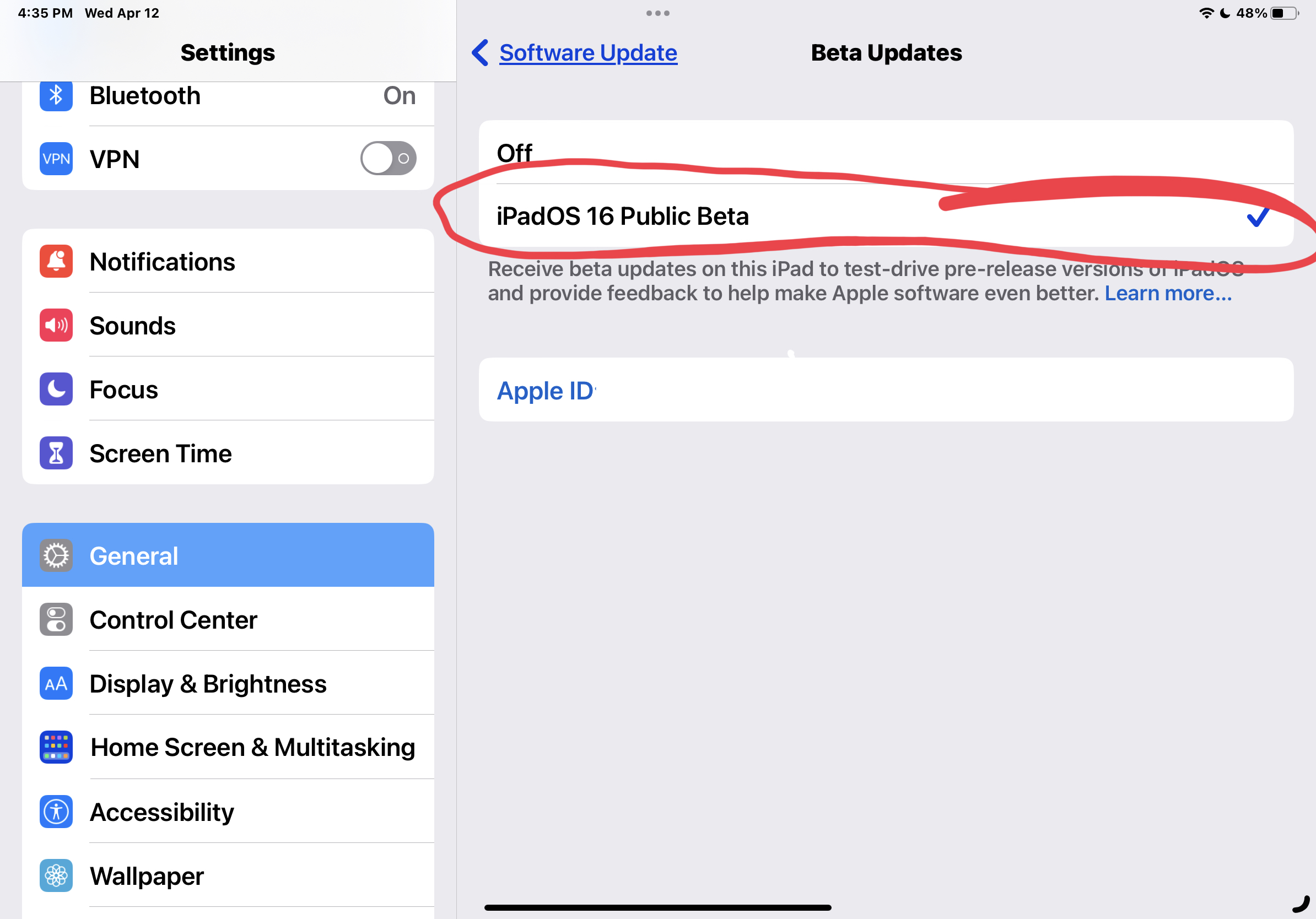
Go to OSX Daily to read How to Opt Into Beta System Software on iPhone & iPad Modern versions of iOS and iPadOS have changed the way that beta system software is opted into on iPhone and iPad, abandoning the usage of profiles, and instead using a simples settings adjustment toggle on the device itself.…
-
How to Leave iOS 15 Beta & iPadOS 15 Beta Programs
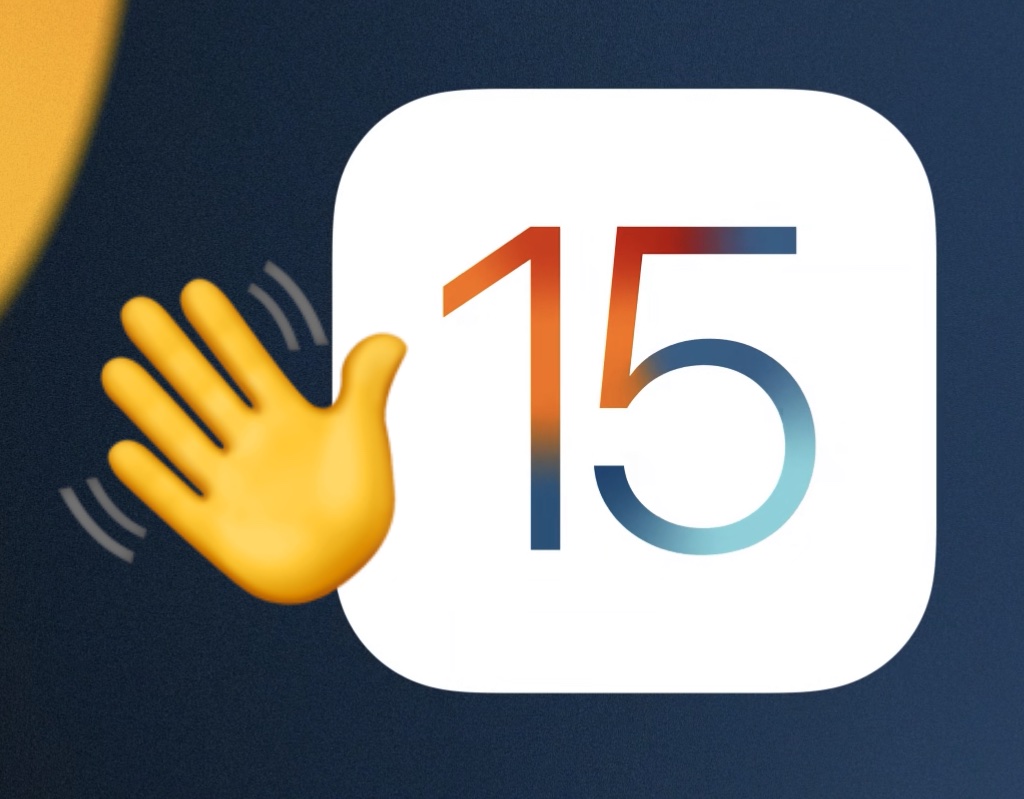
Go to OSX Daily to read How to Leave iOS 15 Beta & iPadOS 15 Beta Programs Many of the more casual users who beta tested iOS 15 and iPadOS 15 on their iPhone and iPad may wish to remove the beta updates from their devices, and leave the beta program. And now that the…
-
How to Beta Test iOS Apps with TestFlight
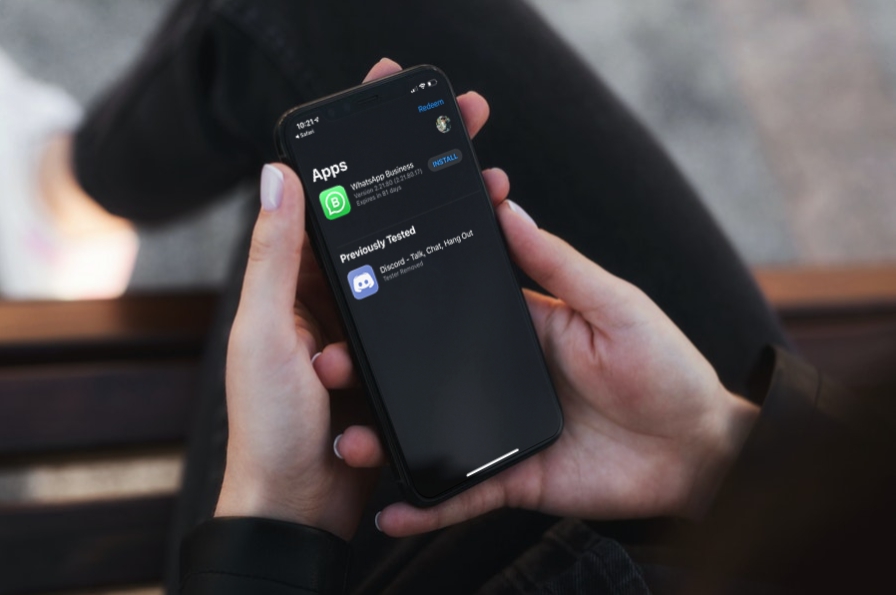
Go to OSX Daily to read How to Beta Test iOS Apps with TestFlight Have you ever wanted to try out beta versions of your favorite apps? Perhaps, you want to get early access to certain app features that the developers are working on? TestFlight makes it easy to beta test apps on iPhone and…
-
How to Leave iOS 14 Beta & iPadOS 14 Beta
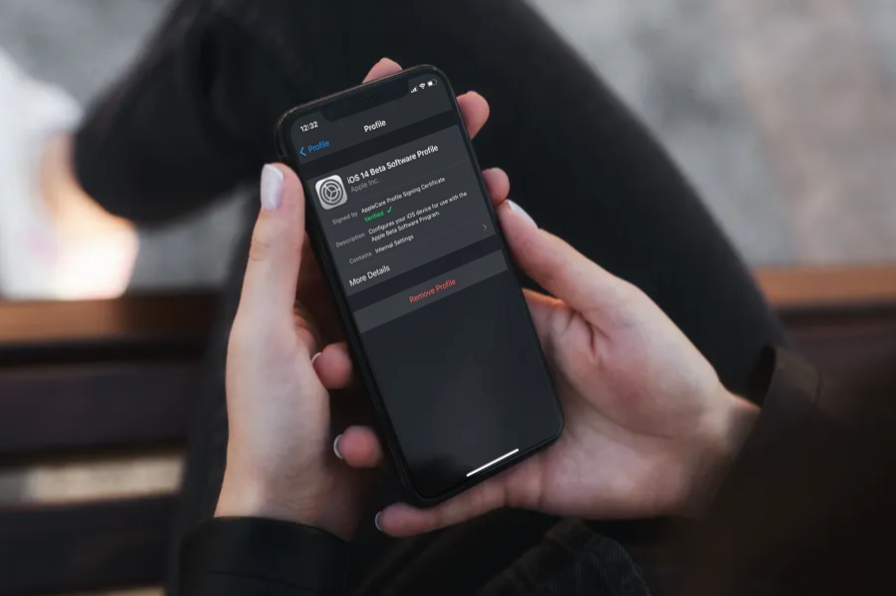
Go to OSX Daily to read How to Leave iOS 14 Beta & iPadOS 14 Beta Did you participate in the iOS 14 and iPadOS 14 public beta to try out Apple’s major software update early? Well, now that the final stable versions of iOS 14 and iPadOS 14 are available to the general public,…
